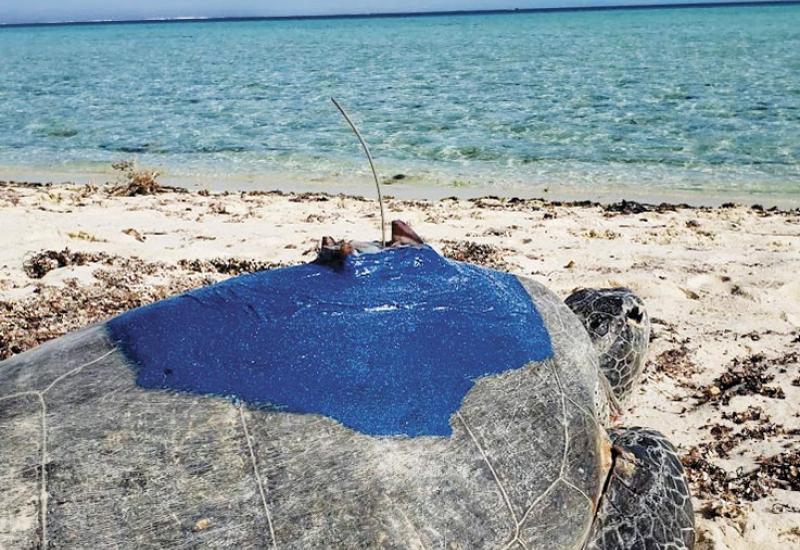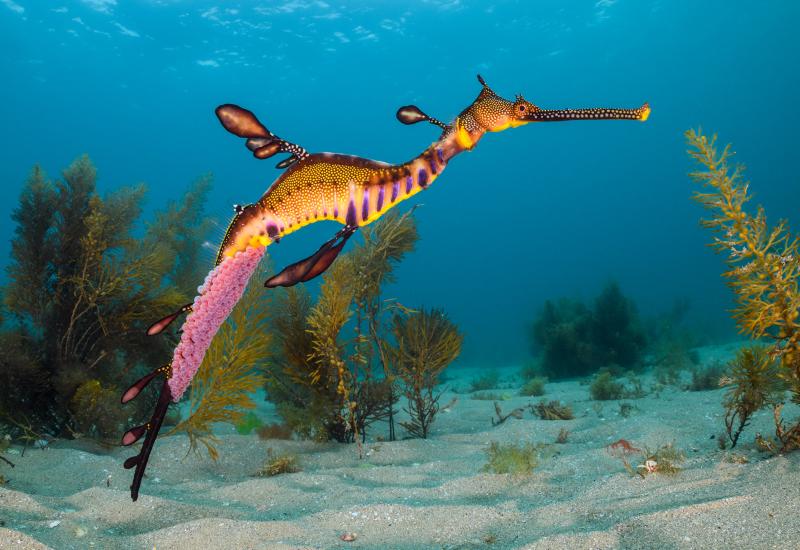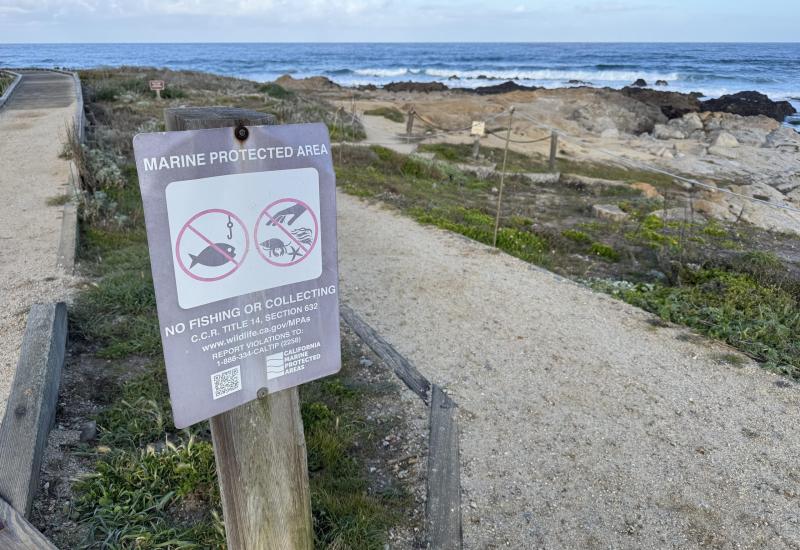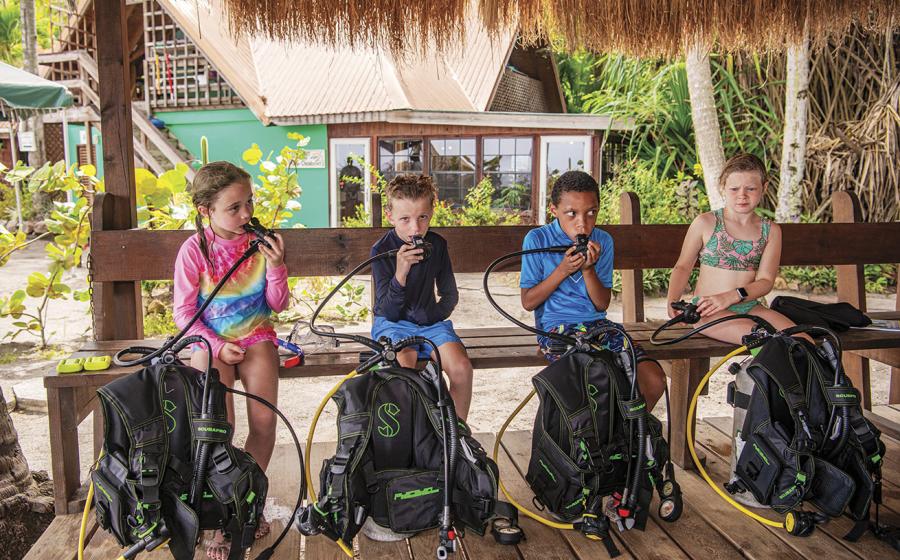7 Liveaboards to Book if You Love to Learn
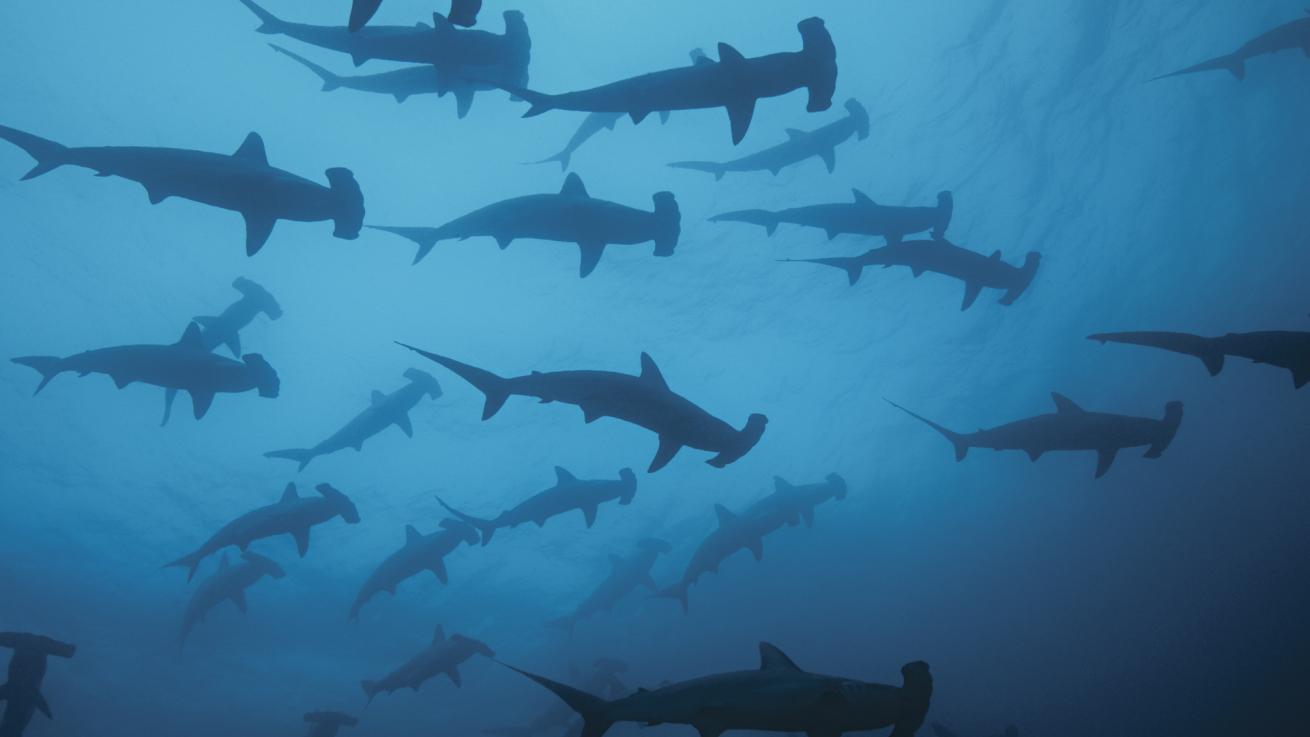
Brandon ColeScalloped hammerheads in the Galapagos enchant divers who trek to these waters to learn more.
1. Manta Expeditions
The first thing to know about Manta Expeditions is its affiliation with the Manta Trust, the leading research organization dedicated to these rays. Every liveaboard trip, offered in various destinations such as the Maldives, Mexico and Indonesia, brings along one to two biologists from the Manta Trust.
“That person is there to engage 24/7, answering guests’ questions after each dive,” says Niv Froman, who serves as both the expeditions manager with Manta Expeditions and a researcher with Manta Trust. The researchers “also point out interesting behaviors that the guest or researcher saw during the dive,” he says.
On special trips, the researchers may even bring drones to conduct surface surveys, attempting to find new manta cleaning and feeding stations. “You don’t know what to expect,” says Froman. “Then suddenly, when you find a new cleaning station—it’s exciting and completely unpredictable.”
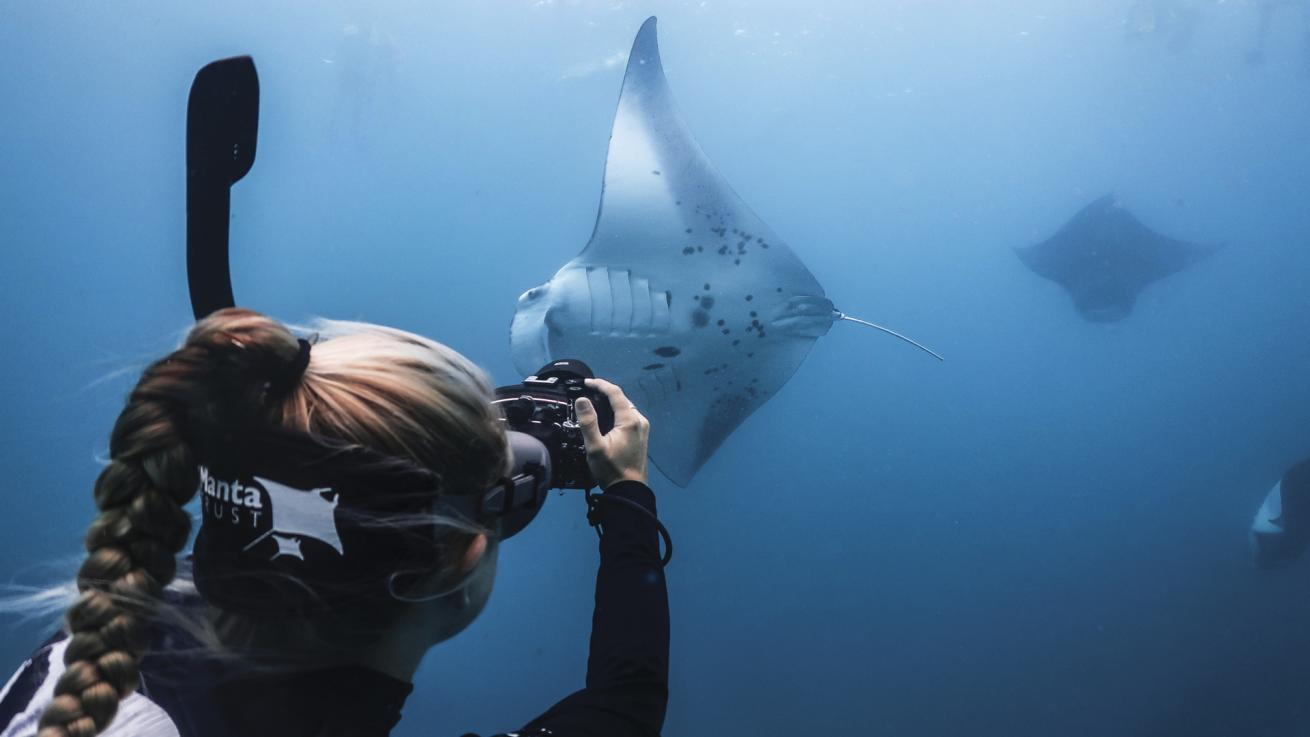
Manta TrustA diver photographs a manta for identification.
Two years ago in the Maldives, the group found several. “It was a very lucky discovery,” says Froman. On that first drop-in, the group dived with 50 mantas, and return visits yielded at least 15.
It’s also possible that guests encounter and photograph a manta that has not yet been identified. In this special case naming rights are bestowed to someone in the group via a draw.
What’s more common but no less special is when a guest encounters a manta that they have seen on a previous trip. Manta Expeditions welcomes a high number of repeat guests, most of whom photograph the mantas they meet. When they see one again, a year or years later, it’s magic. “You see their eyes shining,” says Froman. “It’s as if they are seeing an old friend.”
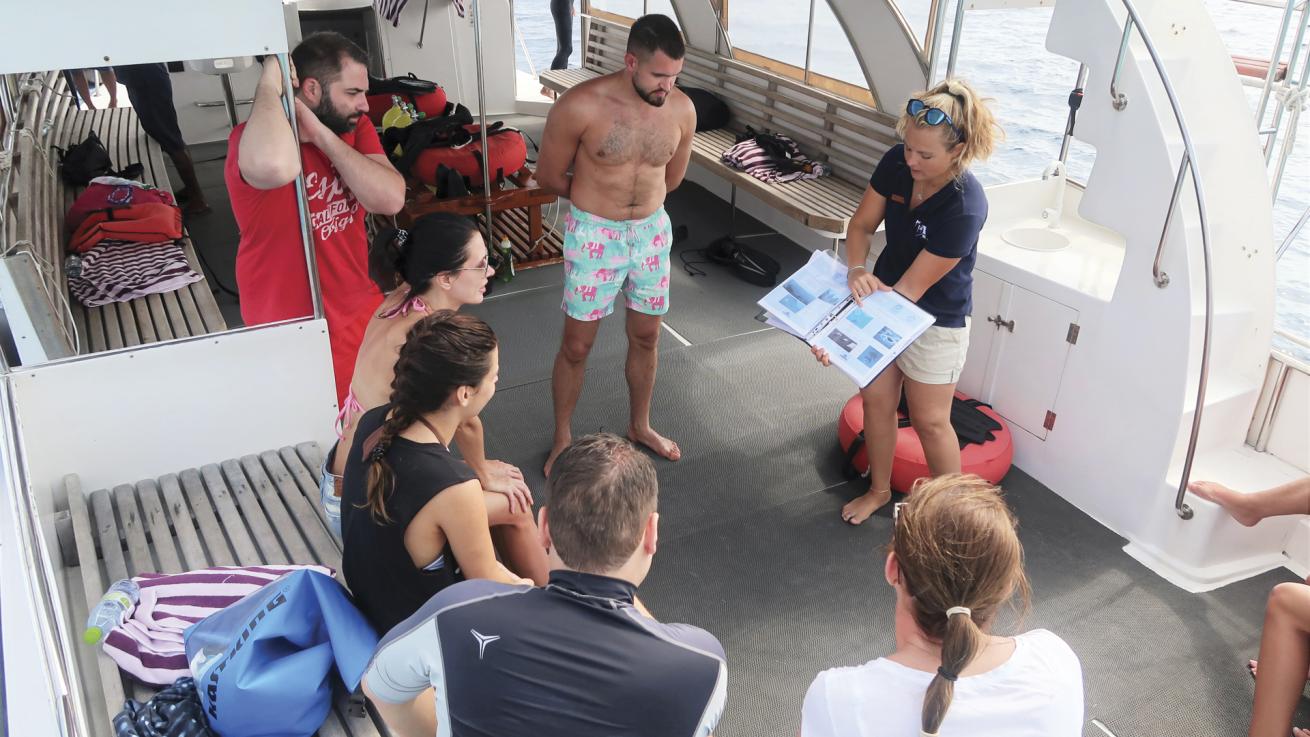
Manta TrustGuests are briefed before a dive.
2. Cat Ppalu
It’s hard to picture the lowly sea urchin as the hero of the Caribbean coral reef—until you take a closer look at the interplay between marine species in their ecosystem.
The black sea urchin, or diadema, is the focus of the citizen science trips offered roughly four times a year aboard All Star Liveaboards’ Cat Ppalu, a 65-foot catamaran sailing the Out Islands of the Bahamas.
Any diver who has dropped in on tropical reefs in the past decade has likely seen spots with more algae than coral. Algae suffocates and smothers coral, causing it to die.
Related Reading: How to Avoid and Treat Sea Urchin Spine Injuries
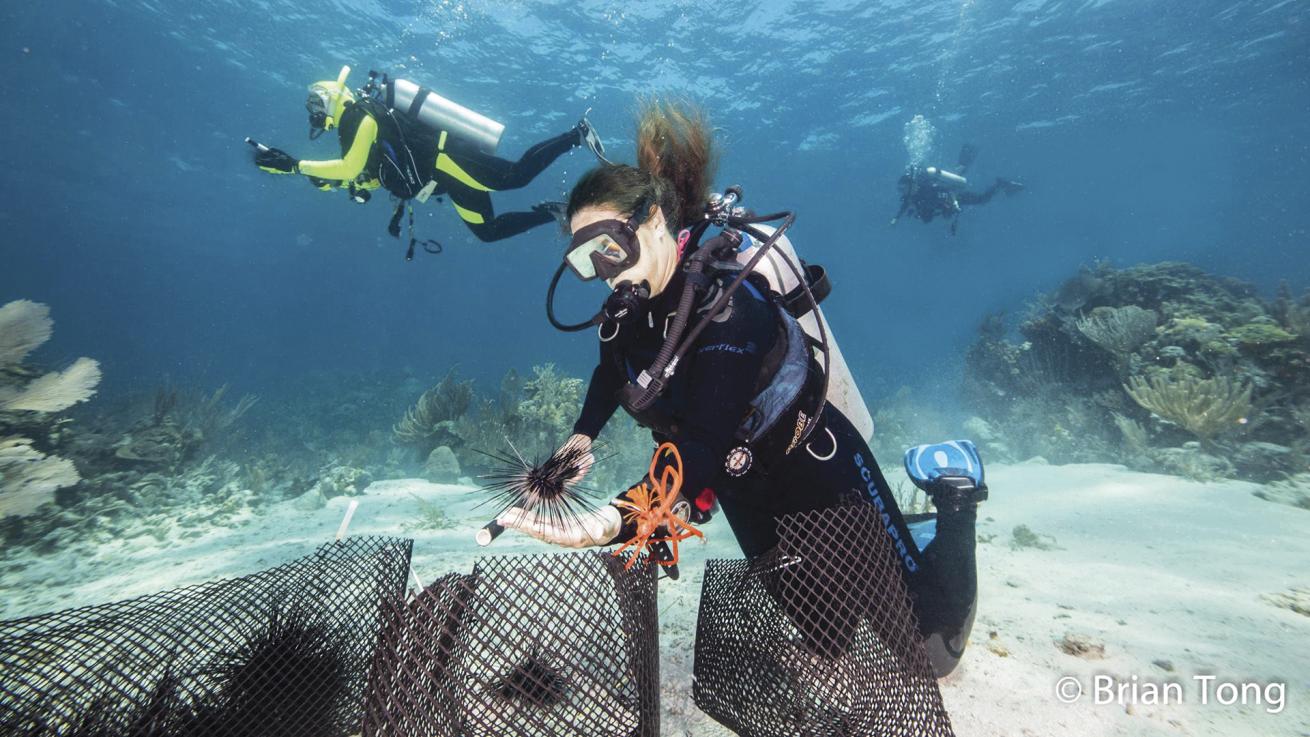
Courtesy All Star LiveaboardsA diver carefully collects a diadema on a citizen science trip
Enter diadema, the unlikely hero. This urchin feasts on algae, allowing coral to thrive once more.
During these science-based trips, onboard presentations cover the backstory of the urchin-algae problem as well as a rundown of conservation efforts, some of which have worked while some haven’t.
Underwater, divers can opt in to cleaning algae from the coral reefs and relocating the urchins to their new homes. “There is a certain satisfaction to cleaning the reefs of algae,” says Kevin Purdy, president of All Star Liveaboards. “You see this nice clean slate and enjoy the prospect of that area filling in with corals over time.” The trip attracts many repeat guests who return to the sight of “their” reefs experiencing a resurgence.
Citizen science trips aboard Cat Ppalu are also a favorite among college-bound high school students considering a career above the microscope. “By the end of the trip, they’re always even more excited about marine science,” says Purdy.
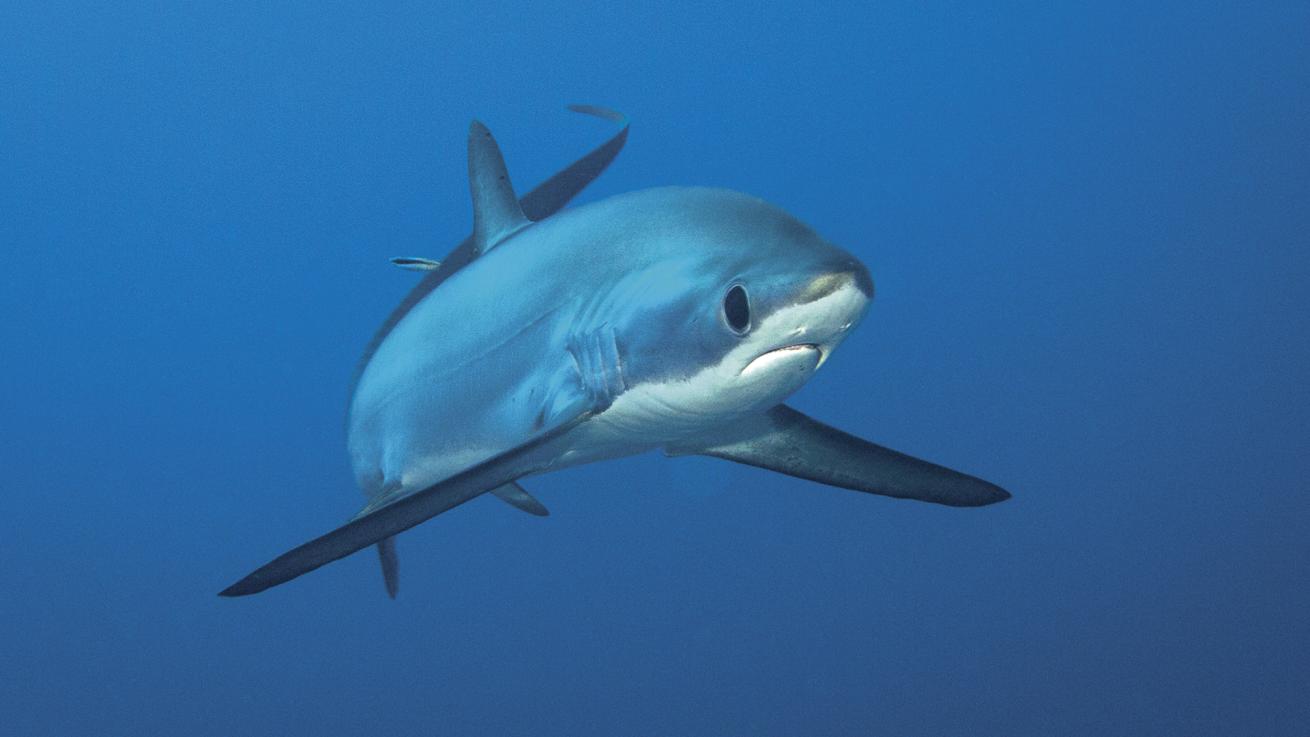
Courtesy All Star LiveaboardsDivers aboard All Star Scuba Scene in May and June can participate in shark conservation education and citizen science.
3. All Star Scuba Scene
Diving on the Red Sea–based All Star Scuba Scene means diving with a biologist who knows the local oceanic whitetips by name.
Dr. Elke Bojanowski, research director at the Red Sea Sharks Trust, joins the majority of the yacht’s sailings, but during the dedicated Shark Week trips, held May to June and again during fall, the focus is entirely fins. During the trip, Bojanowski makes presentations on the threats sharks encounter, as well as her current research projects.
She also teaches divers how to take identifying photos of oceanic whitetips and other Red Sea shark species so researchers can use that data to better understand migration and mating patterns.
Her party trick is identifying the majority on sight, as well as knowing and sharing their backstories. “She knows if this one shark has come back four years in a row, then has been missing for two years, for example,” says Kevin Purdy, president of All Star Liveaboards. It’s this type of connection that brings the data alive and helps guests see the value in collecting photos and videos to aid researchers.
Bojanowski is an expert on shark behavior, including that of thresher sharks, a species known for its oversize, scythelike tail. Many divers travel to the Red Sea and never encounter a thresher. But with Bojanowski, “there’s a good chance to see oceanics, threshers and silkies all in one trip in the fall,” Purdy says.
Stay Connected! Keep up to date with the latest in diving and underwater adventure. Join PADI Club today for access to exclusive events, dive meet ups and a subscription to Scuba Diving magazine.
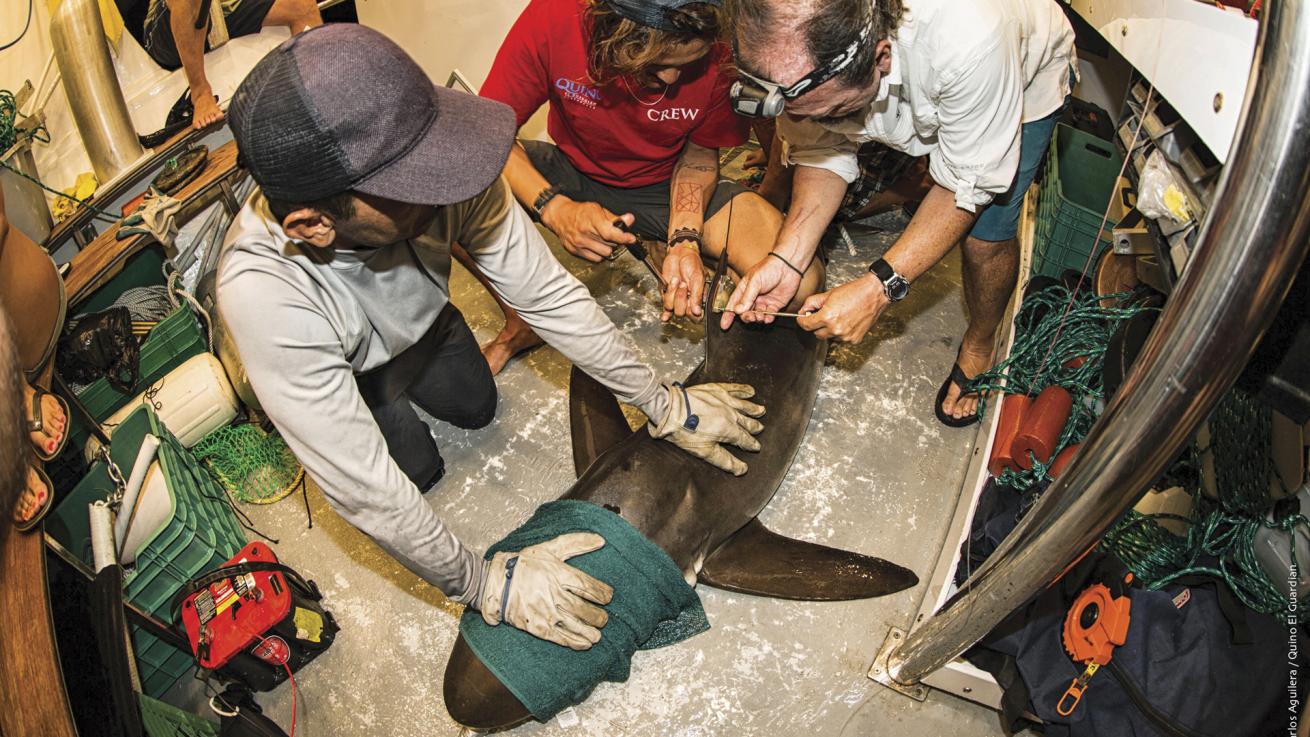
Courtesy Mexico LIveaboardsA team of researchers tags a shark aboard Quino el Guardian in the remote Revillagigedos Islands.
4. Mexico Liveaboards
Dora Sierra traded in a real estate career for a boat and a plan to run liveaboard expeditions in the Sea of Cortez. But her timing couldn’t have been worse: It was late 2008, and tourism was stalled amid a recession. To keep her nascent business afloat, she started renting the boat to local scientists.
Today, her company Mexico Liveaboards is thriving, with one boat, Rocio del Mar, dedicated to dive tourism.
The other, Quino el Guardian, stays true to the company’s roots, serving as a science vessel 12 weeks out of the year.
The rest of the calendar aboard Quino el Guardian is devoted to citizen science trips, each led by someone Sierra connected with from her early days when the boat served only as a research vessel.
Trips focus on specific citizen science initiatives, including the study of sea fans, plankton and other invertebrates with research scientist Carlos Sanchez or tagging the sharks of the Revillagigedos Islands with a shark expert and researcher such as Scuba Diving Sea Hero Mauricio Hoyos.
On a past shark-tagging trip, the group was gathered on the back deck at night. All the lights were on to facilitate the work.
The guests were animated, talking excitedly while aiding in the process—one was tasked with timing how long until the shark needed to be put back into the water, for instance; another had to keep hydrating the shark.
Pretty soon, a tender pulled up. Guests from a liveaboard moored nearby had been intrigued by all the action and motored over.
“That was the coolest thing ever—we were having so much fun that the other boats came over to check us out,” says Sierra.
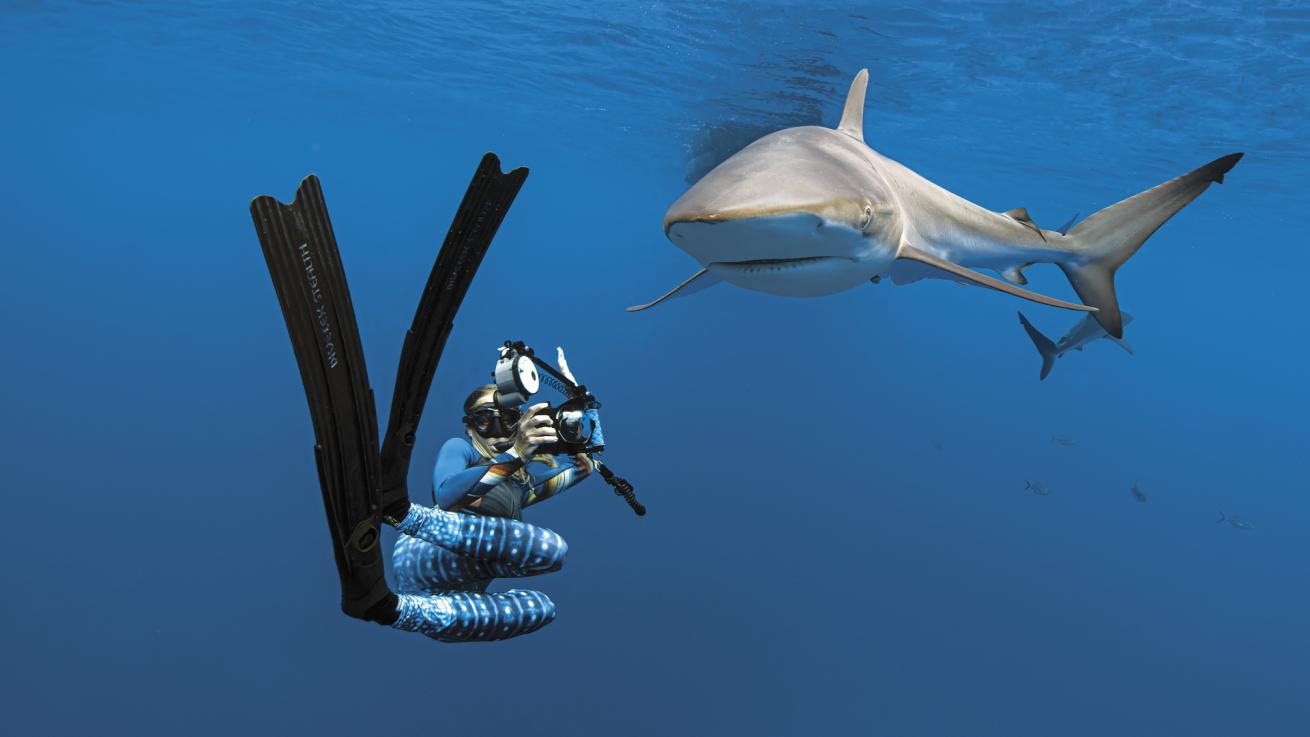
Courtesy Galapagos Shark DivingGuests can collect scientific data on Galapagos sharks during liveaboard trips.
5. Galapagos Shark Diving
Guests on expeditions aboard Galapagos Shark Diving waste no time jumping right into what they can do to help marine researchers—including the one or two who join every liveaboard trip.
Divers are taught to photograph sharks, mantas and other pelagics in order to identify each individual. The photos can be uploaded into apps such as Shark Count, which researchers can then use to start answering some of the biggest questions surrounding sharks.
It was these same questions that prompted Jenny Waack to launch Galapagos Shark Diving in the first place, bringing divers closer to the science behind shark behavior, feeding, mating and migration. “When I first started diving the Galapagos, I didn’t have a researcher’s background,” she says. “I simply wanted to know all the projects I could support, and figured other divers wanted to participate and learn the same things I wanted to.”
Every day, the onboard researchers give talks about their ongoing work, but what’s perhaps more engaging are the meals shared alongside researchers. It’s rare to break bread with a shark scientist, peppering them with your deepest curiosities and asking questions about behaviors you’ve seen on the day’s dive—or from dives years back. Those conversations can be enlightening—and fun! More importantly, they tend to further ignite divers’ desires to help the science community, which exponentially increases the amount of data available to researchers.
“Most researchers only have two out of 52 weeks a year to be in the field working,” says Waack. “That leaves 50 weeks when they can’t research in the water, which is why it’s so important to have photos and videos taken all year long.”
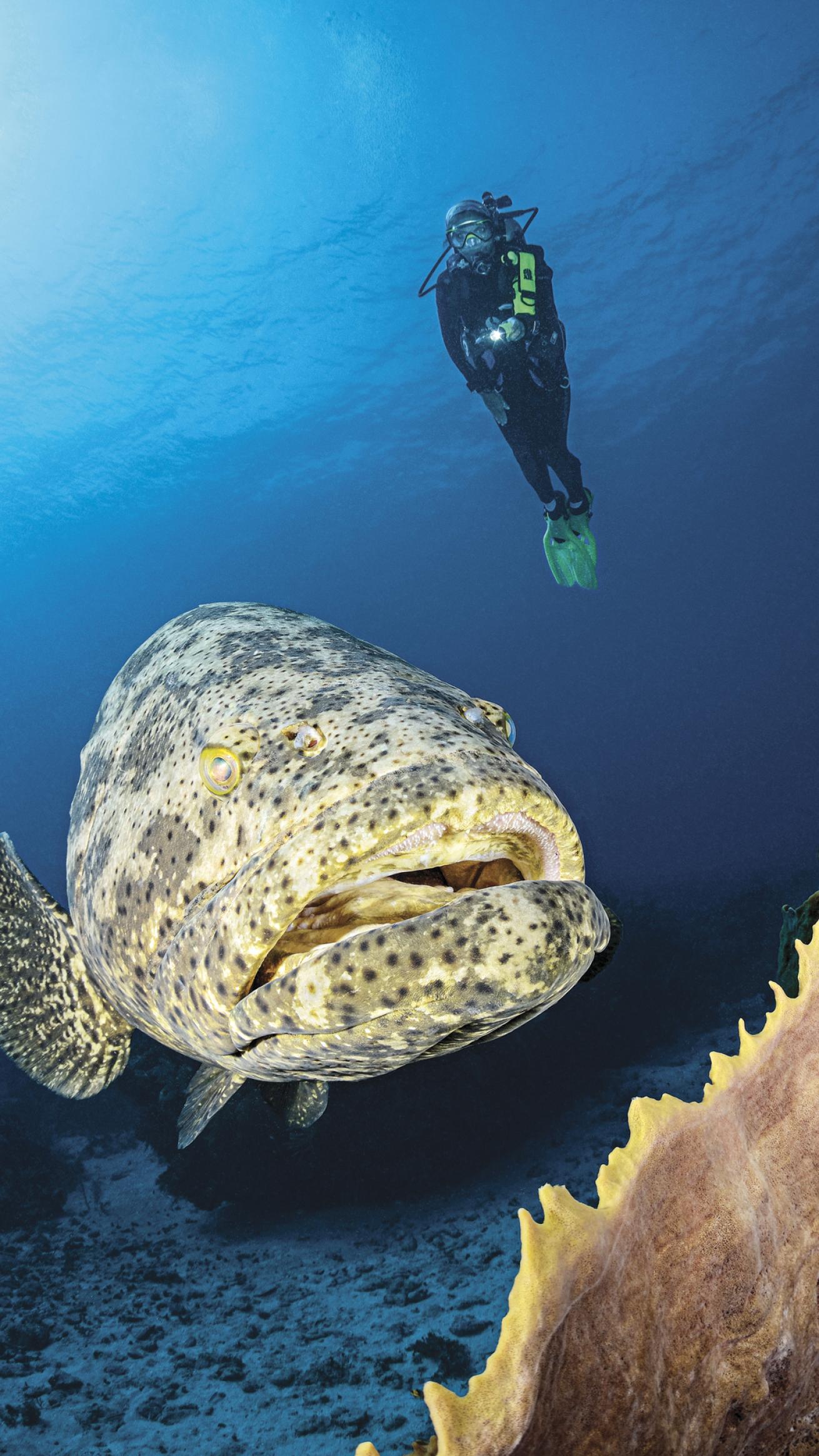
Courtesy AggressorA goliath grouper in Jardines de la Reina.
6. Jardines Aggressor II
The Cuban government has designated more than 25 percent of its waters marine protected areas, including Jardines de la Reina, or the Gardens of the Queen. Protected since 1996, this national park is currently the Caribbean’s largest no-take park. Today, the country remains committed to both protection and study of the reefs and animals, with Cuba-based Jardines Aggressor II taking part.
The liveaboard’s onboard researchers hold master’s degrees in marine biology and present nightly about their ongoing conservation projects. They also teach divers how they can join them.
If you elect to conduct a biodiversity record, you’ll make note of every species you see within a designated area. If you take on a fish count, you’ll choose a species, such as black grouper, and make note of how many you see on your dive.
If a diver doesn’t recognize the abundance and biodiversity at first sight, they will after conducting a few scientific dives and comparing their numbers to those gathered throughout the Caribbean. Those dives, coupled with the onboard presentations, can be mind-blowing. “You see the direct results of what Cuba’s conservation efforts have done,” says Larry Speaker, operations manager with Aggressor Adventures. “When you jump in, you realize pretty quickly that you don’t see this level of conservation at many Caribbean destinations.”
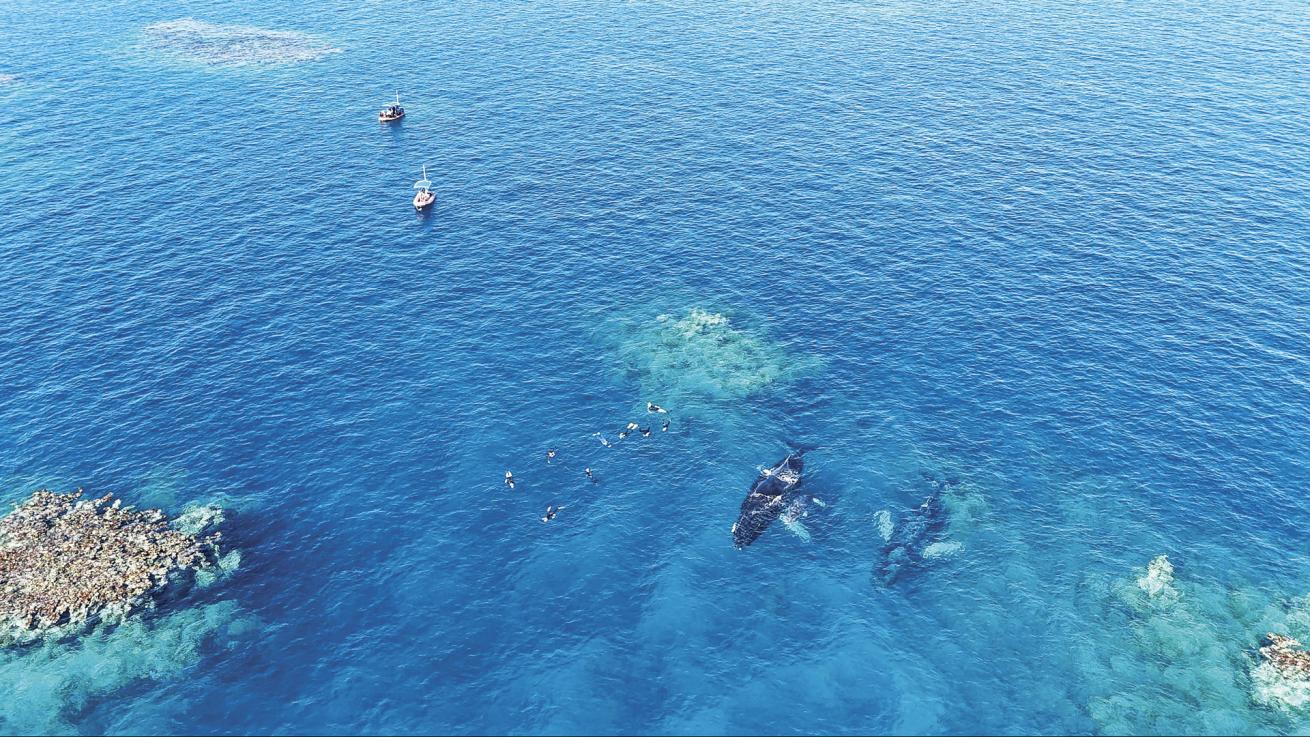
Courtesy AggressorTurks & Caicos Aggressor II guests with humpbacks at Silver Bank.
7. Turks & Caicos Aggressor II
Every January to April, the Turks and Caicos Aggressor II liveaboard relocates to the northern coast of the Dominican Republic so it can easily make weekly trips to Silver Bank, a marine sanctuary prized for the humpback whales that come to court, mate, calve and rear their young.
This snorkel-only trip offers a chance to swim alongside these mammals that span nearly 60 feet long. It’s also an opportunity to learn more each night from presentations about the behaviors and anatomy of these giants.
“The difference between this and most other liveaboard weeks is that this is a targeted trip,” says Larry Speaker, operations manager with Aggressor Adventures. “On a regular dive trip, we go to different dive sites and you expect every site to be different, with different marine life. Here, you are repeating the same thing every day to see if you get different results.”
What you’re repeating is time in the water and time in pangas to observe as much whale behavior as possible. “People think the Holy Grail is to swim with the whales,” says Speaker. “But I think the Holy Grail is to be with them on the surface.”
It was during a surface encounter, while watching a humpback gently wave a pectoral fin in the air, that he saw the fin in close detail. “I could see the bone structure, and it looked exactly like a human hand, minus the thumb,” he says.
Of course, the in-water experiences with the whales tend to be some of the most memorable of a guest’s life. On one outing, Speaker was in the water as the whales were singing. And they were close. “Your body’s air spaces reverberate with that song,” he says, “which is just a totally amazing experience.”
Related Reading: What It’s Like to Swim With Humpback Whales
More Opportunities To Learn
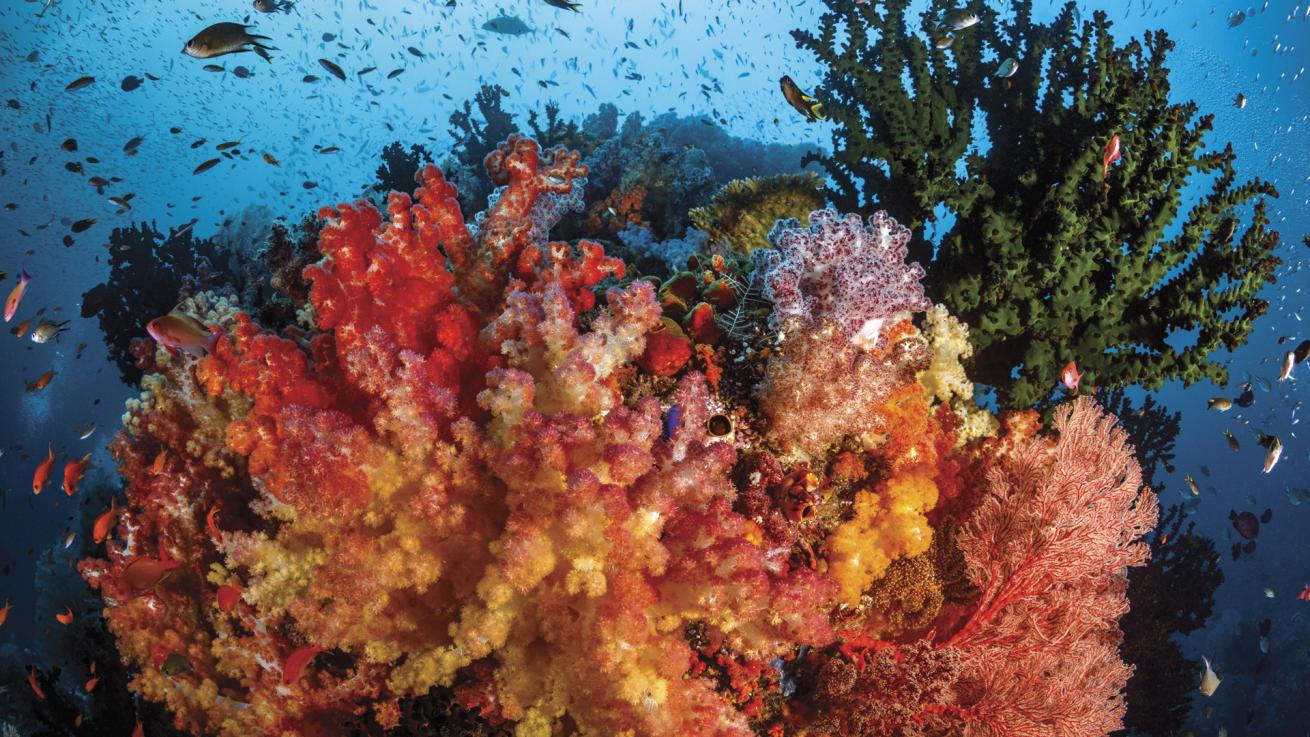
Brandon Cole
➜ Explorer Ventures’ Caribbean Explorer, cruising Saba, St. Kitts and St. Maar ten, of fers a Green Fins eco-focused program on board, educating guests about best practices that make their liveaboard as safe for the environment as possible. Guests can also participate in cleanup dives, helping to rid reefs of any debris. explorerventures.com
➜ Adelaar Cruises, based in Indonesia, of fers special coral reef rehabilitation trips, focused on teaching guests to identify the species living in this biodiversity hotspot. Guests will also visit a coral rehabilitation center on the northern coast of the island of Sumbawa to learn how local scientists are helping to restore reefs. adelaar-cruises.com
➜ Barefoot Conservation runs conservation expeditions aboard the Ratu Laut liveaboard, sailing the waters around Raja Ampat. Guests learn about the research Barefoot Conservation is conducting on local coral reefs. Presenters from Barefoot’s manta team also share about their work with local manta populations. barefootconservation.org

